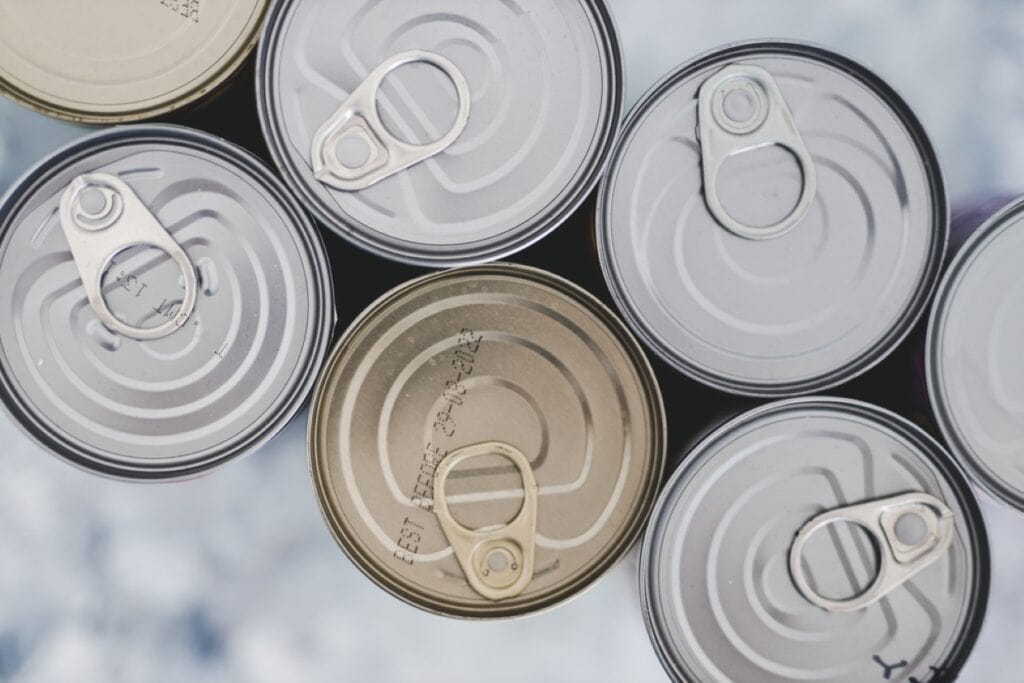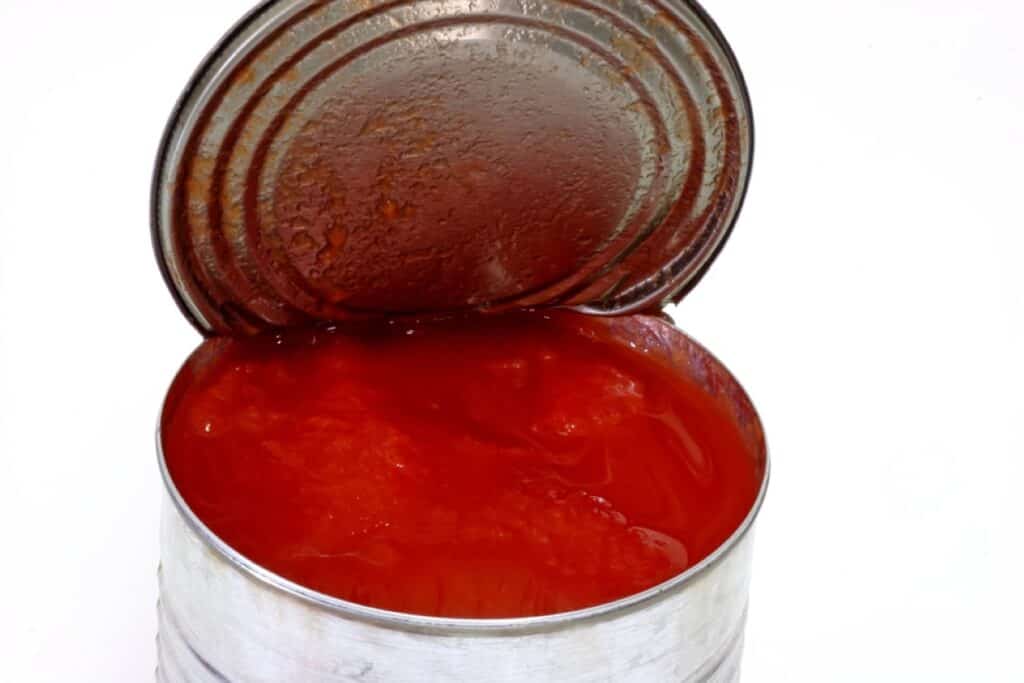Canned vegetables are a mainstay in kitchens everywhere. They’re affordable, last a long time and are perfect when fresh veggies are either out of season or just not available. This makes them a great pick for keeping your kitchen stocked with nutritious choices, no matter where you are.

These statements have not been evaluated by the Food and Drug Administration. Please see the disclaimer below for more information.
Canning vegetables involves cooking them in a sealed container that’s heated enough to kill harmful microbes. This method keeps the veggies safe and locks in their nutrients and flavor for much longer. Even better, many brands today have stepped up to meet health trends with plenty of low-sodium and preservative-free options.
There’s a bit of a debate about how canned goods stack up nutritionally against fresh or frozen options. Yes, some nutrients may dip during canning, but in many cases, canned veggies can actually retain more nutrients than fresh ones that have been sitting out for a while. It’s always smart to read those labels to choose the best canned vegetables for your cooking.
How canned vegetables are made
Understanding how canned vegetables are made is crucial for appreciating their role in providing safe and long-lasting food options. This process not only ensures that vegetables remain safe to eat but also preserves their nutritional value for extended periods.
Canning vegetables is a precise process that ensures both safety and longevity. Vegetables are picked at their peak and quickly taken to canning facilities, where they are cleaned, possibly cut and then blanched to stop any enzyme activity that could spoil their taste and nutritional benefits. They are then packed in cans with water or seasoned brine and heated to a high temperature to sterilize them. After cooling, the cans are labeled and shipped out.
Can selection while shopping

When choosing your canned vegetables, always inspect the cans for any signs of damage, such as dents or rust, which can compromise the safety and quality of the contents. For those monitoring their sodium intake, selecting low-sodium options is a smart choice, as it helps manage your diet without sacrificing taste.
Additionally, look for products with straightforward ingredient lists — vegetables, water and minimal additives are best. This ensures you are getting the most natural product possible.
How to use canned vegetables
To get the most out of canned vegetables, start by draining and rinsing them to reduce sodium. Then, warm them on the stove or in a microwave. Simple seasonings like herbs, salt and pepper or a dash of butter or olive oil can enhance their flavor.
“Canned veggies like green beans are a staple in my kitchen, especially the no-salt-added versions, so I can flavor them to taste later without going overboard,” shares Kristin Duke, content creator at MrAnimal Farm. They’re great in soups, salads, casseroles and stir-fries — just add them towards the end of cooking to keep their texture intact.

Ideas for meals with canned vegetables
Canned vegetables are incredibly versatile. You can use them in everything from soups and stews to salads and casseroles, streamlining meal prep and enhancing your dishes.
- Add them to soups and stews for extra flavor and nutrients.
- Whip up quick and easy lunches or dinners like stir-fries or simple chicken dishes with canned mushrooms.
- Use them in sides and casseroles, or mix them into salads for an easy boost of nutrition.
- Toss canned beans into a taco filling or a chili for a hearty and filling meal.
- Create a quick pasta sauce with canned tomatoes, herbs and your favorite spices.
- Enhance breakfast omelets or scrambles with canned spinach or asparagus for a touch of green and extra nutrients.
“My favorite vegetable to buy canned is beets; it’s a great time-saver to not have to roast them yourself. I love throwing canned beets onto salads, into fruit smoothies and even into homemade hummus.”
— Anne Mauney, MPH, RD, fANNEtasticfood.com
Storing and keeping canned vegetables
Once opened, canned vegetables should be stored in an airtight container in the fridge — not in their original can — to avoid contamination and keep them fresh. Typically, they last about 3 to 4 days in the fridge.
Final thoughts
Canned vegetables are a practical, nutritious choice for anyone looking to enhance their diet. They’re available year-round and are an easy way to include more veggies in your meals. Remember to choose low-sodium options and read labels to understand what you’re buying. By opting for canned vegetables, you’re choosing a simple way to keep nutritious and versatile ingredients within reach, supporting your health and budget.
These statements have not been evaluated by the Food and Drug Administration. The contents of this article, made available via Food Drink Life, are for informational purposes only and do not constitute medical advice. The content presented here is not intended to be a substitute for professional medical advice, diagnosis or treatment. Always seek the advice of a qualified healthcare provider with any questions you may have regarding a medical condition or dietary changes. Reliance on any information provided by this article is solely at your own risk.
Sara Nelson is the creator of Real Balanced, a food blog that showcases easy and balanced recipes. She lives in Wisconsin with her husband and two young children.